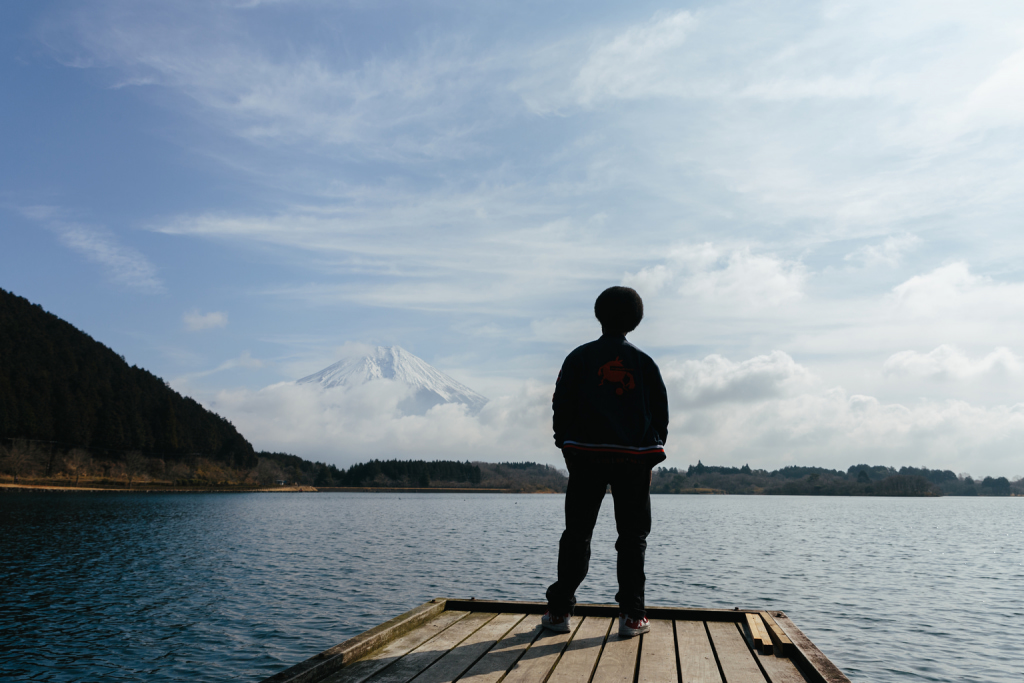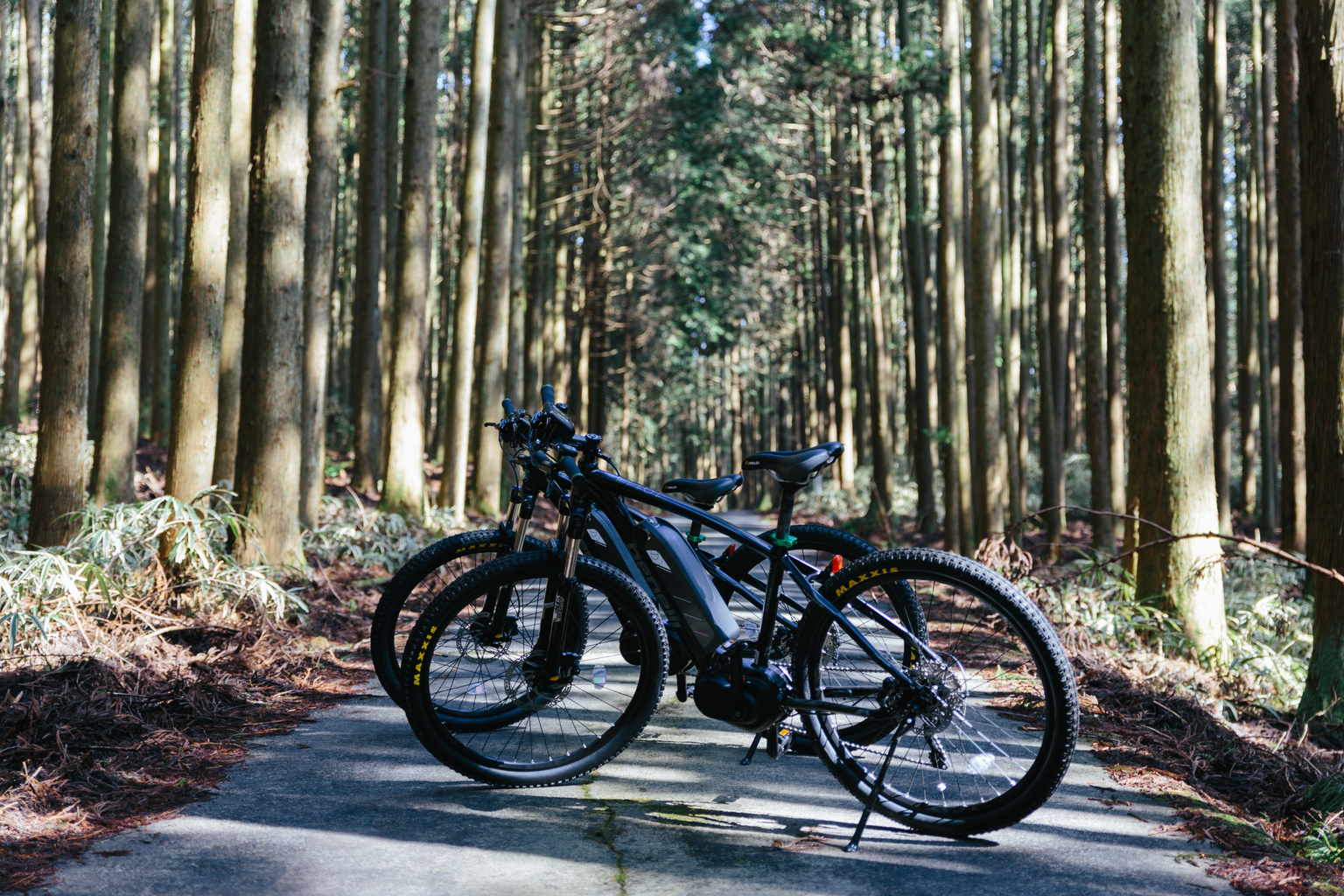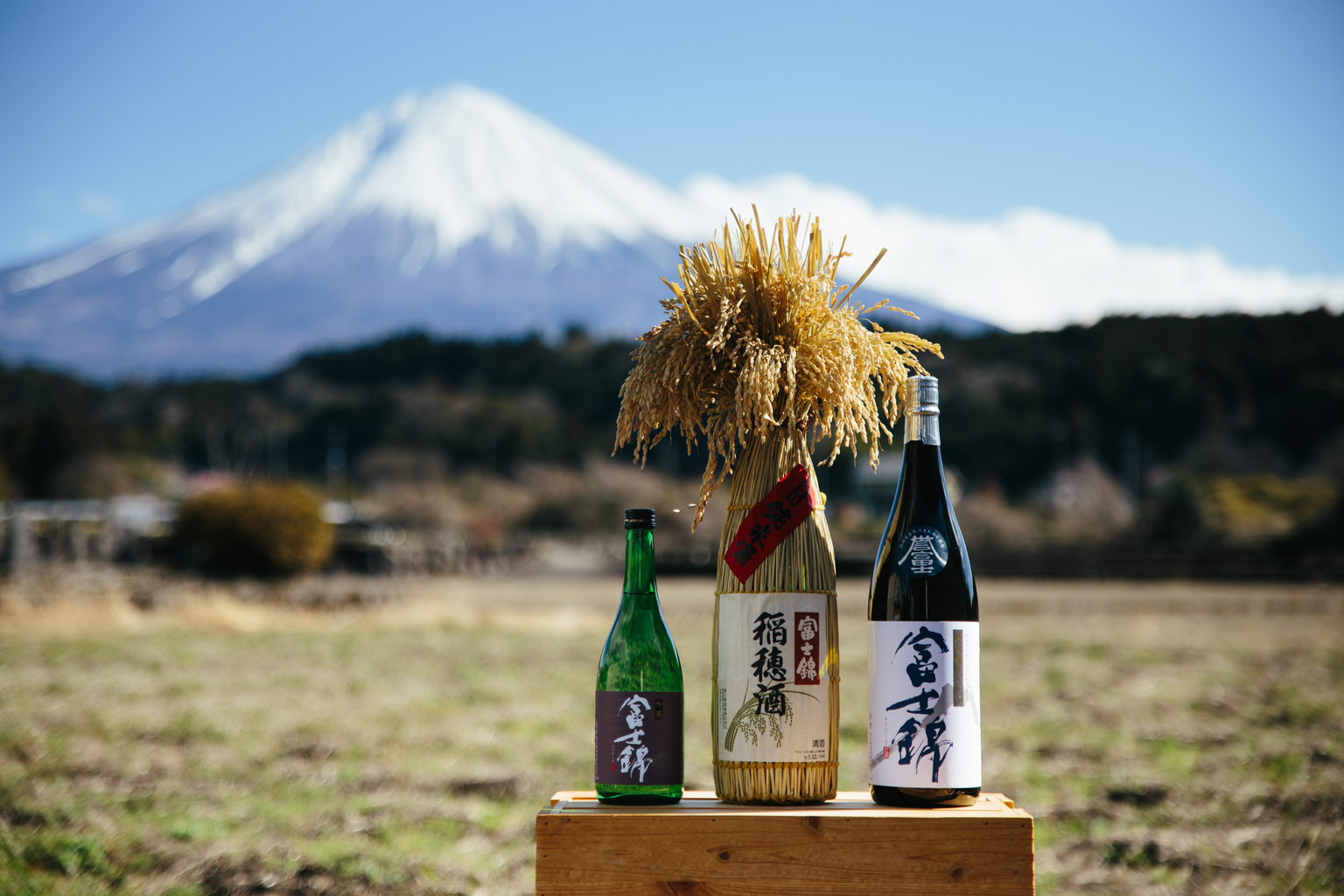There are a few things that always come to mind when one thinks of Japan. Sushi is one. The Shinkansen, or bullet train, is another. But perhaps the most obvious is Mt Fuji. Whether climbing it or just gazing at its majesty from afar, it’s undeniably beautiful. For those looking for the best views of the mountain as well as insight into its history and associated culture, look no further than two of the cities resting at its feet: Fuji and Fujinomiya.
Ecotour Experiences
One of the best ways to explore what this area in Shizuoka Prefecture has to offer is by booking an experience with Enya Mt Fuji Ecotours, as I recently did. Although the tours start from deep in the countryside, the tour operators offer a pick-up service from Shin-Fuji Station. If you think the views of the peak are beautiful during the car ride from the station, wait until you arrive at the Ecotour base camp. Clear views, no telephone lines and no skyscrapers. Nothing to block her majesty. Just you, Mt Fuji and the Japanese countryside.
“Just you, Mt Fuji and the Japanese countryside”
When told we would be cycling around the mountain, I had flashbacks to a previous adventure climbing the peak. It was a monster of a climb that lasted all night on an endless road filled with steep inclines and jagged rocks. That, on a bike? In the words of Thanos: “Impossible.” The reality, however, wasn’t as treacherous as I had imagined. Pedaling around the base of Mt Fuji on an Ebike was pretty easy. The electric bicycle has all the gears you’d expect to find on a normal gear bike plus five electric motor assist modes which go from a little assistance to hyper-charged superbike. The 20km route leads through secret marshlands, dense forests and around Lake Tanuki.
This manmade lake and campsite is popular with photographers looking to get a snapshot of the legendary Diamond Fuji, which is when the sun sits directly above the summit. Although artificial, the lake is a beautiful, vast body of water with unobstructed views of the mountain. The path around Lake Tanuki is smooth and without any steep climbs or sharp turns, making riding around it almost as easy as popping on the kettle.
The marshlands visited during the ecotour are teeming with life. Wild animals roam the forests and on quiet days one might even come across a mountain goat and other unusual wildlife. During a short break, while surrounded by cedar tree forest thick enough to completely block out Mt Fuji, I foolishly enquired as to what other animals one might see here. The answer came swiftly: “Bears.” I paused, as bears are the only things I fear, and quickly mounted my Ebike for a swift escape.
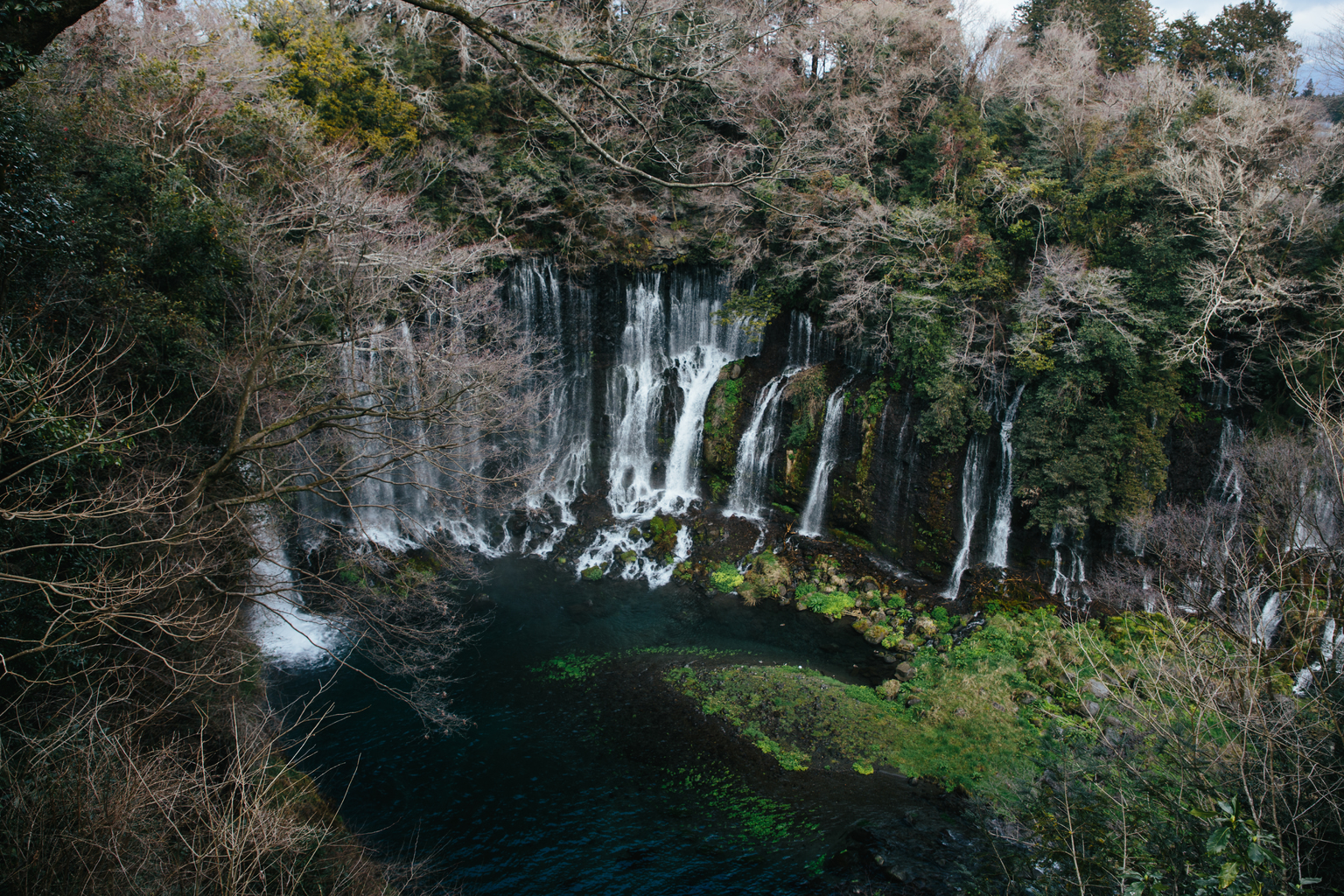
Fleeing the dense forest through winding roads and small hidden villages, freewheeling down never-ending hills – Mt Fuji chasing us the whole way – I realized there’s no better way to explore these lands than on an Ebike.
Local Lifestyles
As their homes have been built on the mountainside, it’s no wonder that the people of this area have a deep respect for and an almost symbiotic relationship with the active volcano. Some go as far as to worship the volcano as a protector and provider. In return, Mt Fuji provides an abundance of pure water filtered through layers of volcanic rock. The water acts as the lifeblood of the area, being collected and consumed in homes, and used to power hydro generators and produce delicious rice, sake and farmed rainbow trout. The trout raised in these waters are clean enough to be eaten raw but are equally delicious fried or baked. The flavors are lighter than that of wild trout and yet still boast a distinct wild taste.
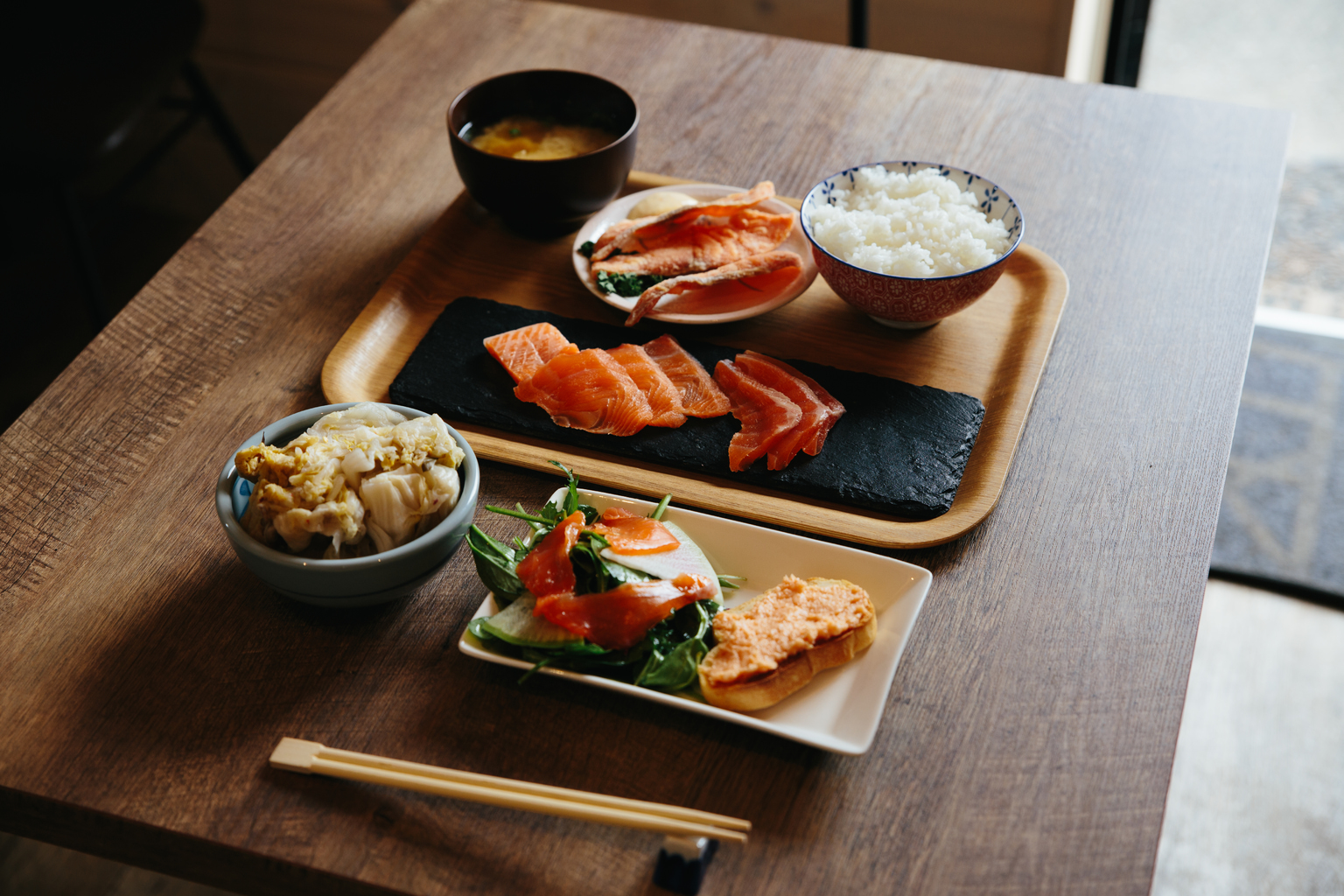
For the chance to chat with a Fuji city resident, we recommend staying at 14 Guest House Mt Fuji. The accommodation is easily accessible from the 14th stop (hence the name) on the Tokaido line from Nihonbashi Station and the owner, Daisuke Suzuki, is a born-and-bred Fujinite with deep connections to the city’s culture. Always open to giving an impromptu tour of the city, Suzuki is extremely knowledgeable about the town (and its secrets). The guest house has strong connections with local artisans, enabling those who stay there to try their hand at hanko crafting, go on walking tours, enjoy wagashi-making workshops and more.
Freeform Calligraphy & Hanko Crafting
While staying at 14 Guest House Mt Fuji, I signed up for a calligraphy lesson, held at the guest house. More than just writing Japanese characters with ink, the style of calligraphy we tried is a fusion of old and new. Armed with a blank canvas and various colored inks, I was given free rein to write and draw to my heart’s content. Although equally difficult to master as traditional calligraphy, this freeform style matched perfectly with the freeform nature of my time in the city of Fuji.
On my second day in Fuji city, I continued the cultural education and signed up for an experience in making my own hanko (Japanese seal). In Japan, a hanko is akin to a personal signature used to sign formal documents, work contacts and marriage certificates.
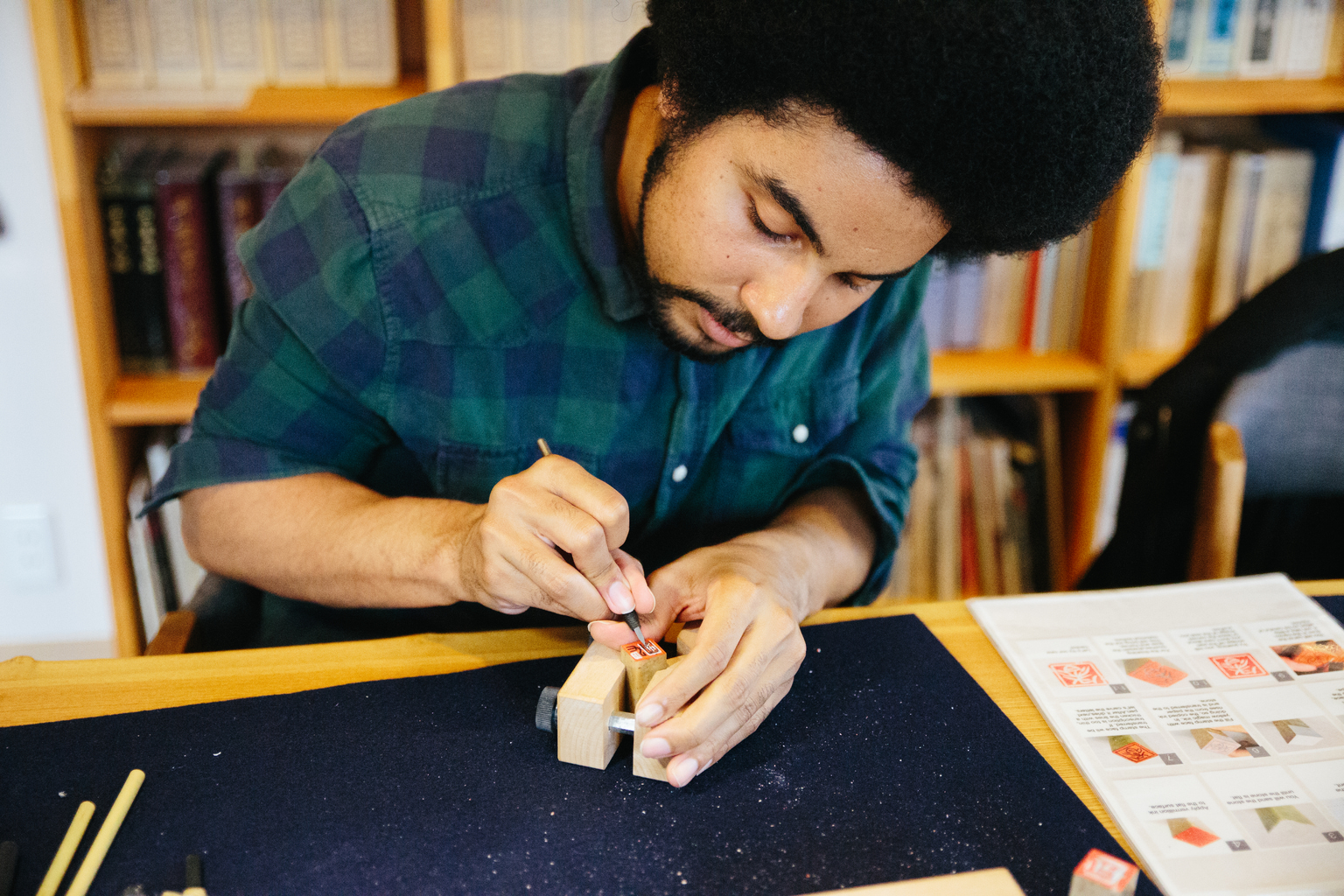
The hankos one can create at Han No Ozawa are more for fun rather than for official use but carving your name in kanji into solid rock is not only memorable but extremely satisfying. With a smile and cheerful demeanor throughout the lesson, hanko master Ozawa guides his students through the intricacies of hanko making. His expert skills make carving the solid rock look as easy as writing your name in the sand with a finger. For me, blade in hand, I found this sand to be impossibly tough to penetrate with the blade feeling more like a phantom limb than an extension of my person. But I persevered and, after a few practice runs on some throwaway seals and the gentle guidance of Master Ozawa, I managed to complete my own hanko – and gained new respect for this traditional art.
More Information
Enya Mt Fuji Ecotours: www.mtfujiecotours.com
Fujinomiya City: https://travelfujinomiya.com/
14 Guest House Mt Fuji: www.14guesthousemtfuji.jp
Han No Ozawa: ozawahanko.thebase.in
Photographs by Robert Kirsch
Sponsored Post
Updated On December 26, 2022

